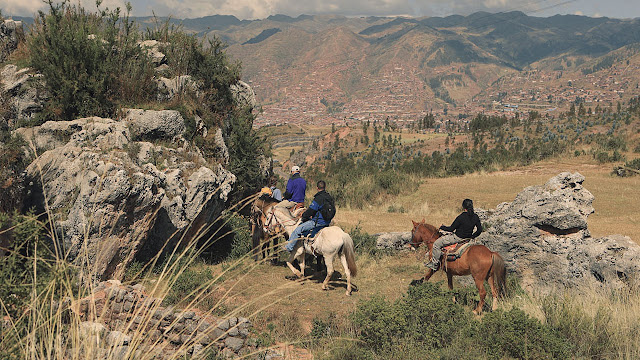Extra time during your trip to Machu Picchu will give you the opportunity to experience the adventure of the Andean region in Peru; Cusco and the Sacred Valley offer something for all travelers, this ranges from excitement to extreme adrenaline. Here we present some ways to take advantage of your free time during your trip to Machu Picchu.
Adventure Sports in Cusco and the Sacred Valley
- Mountain Biking
- Rafting
- Zipline
- Ride
- Rock Climbing
RELATED STORY: ADVENTURE HOLIDAYS IN PERU
Mountain biking in Cusco and the Sacred Valley
There are half-day and full-day bicycle tours suitable for any level of experience, most routes cover beautiful landscapes of the Sacred Valley between Pisac and Ollantaytambo. There are many levels of difficulty, easy, moderate, and advanced; You can choose the difficulty depending on your experience and physical condition. The attractions during the tours include villages, rivers, mountains, and archaeological sites.Rafting on the Urubamba River
Independent travelers, groups of friends, and families can choose from a variety of rafting options in the Sacred Valley. Rafting can be practiced throughout the year, however, intense rains that occur between December and February, intensify the difficulty, of reaching rafting class IV or higher. The dry season allows you to practice levels II and III rafting.Zipline in the Sacred Valley of the Incas
Travelers without fear of heights can enjoy a complete zip line tour and "half day" in the Sacred Valley of the Incas, without any previous experience; for this, you must reach the valley and climb a rock wall next to the train tracks, and then launch yourself in zipline (zip line) downhill. The upper part of the mountain will allow you to enjoy breathtaking views of the Sacred Valley, then take advantage of the height, to descend down the mountain by a steel cable; We guarantee that your heart will pump adrenaline. In most cases, the experience includes transportation, bilingual guides, trained specialists, and lunch. All equipment is professional and certified, harnesses, helmets, safety ropes, zip lines, gloves, etc.Other activities of trekking in Cusco:
Horse riding in Cusco
You can take horseback riding tours very close to Sacsayhuaman, and not far from the Plaza de Armas of Cusco, it is essential to bring a camera, since the tour guarantees beautiful views of the Andes and the city of Cusco. The cavalcades can include archaeological sites, like the strength of Sacsayhuaman, Qenqo, the Temple of the Moon, Puca Pucara, and Tambomachay; with the exception of the temple of the moon, all the mentioned places will need a general ticket, known as the tourist ticket of Cusco. Most of the tours on horseback last between 2 and 4 hours; resistant shoes, hat, sunscreen, sunglasses and poncho for the rain are recommended, and although it may sound contradictory, the climate of the Cusco Peru is characterized by the fact that it can pass from a radiant sun to torrential rain, in a few minutes.Rock climbing
Unlike climbing in the Cordillera Blanca of Arequipa and Huaraz, climbing in Cusco still grows in popularity. For this reason, if you want to do climbing in Cusco, you will have to reserve a day off; It is not as easy as reserving a raft for rafting. In the Sacred Valley of the Incas there are some climbing schools; which also have all the necessary equipment and certificates, in addition to having points with the best views and in which the rock is already bolted, but also find professionals to discover new climbing points. In the case of beginners, schools are the best way to go rock climbing; It is also one of the best activities to do in a group.Important Note: f you wouldn't want to hike to Inca Trail and you want to visit Machu Picchu by yourself, we recommend you book in advance your Machu Picchu tickets.





Comments
Post a Comment